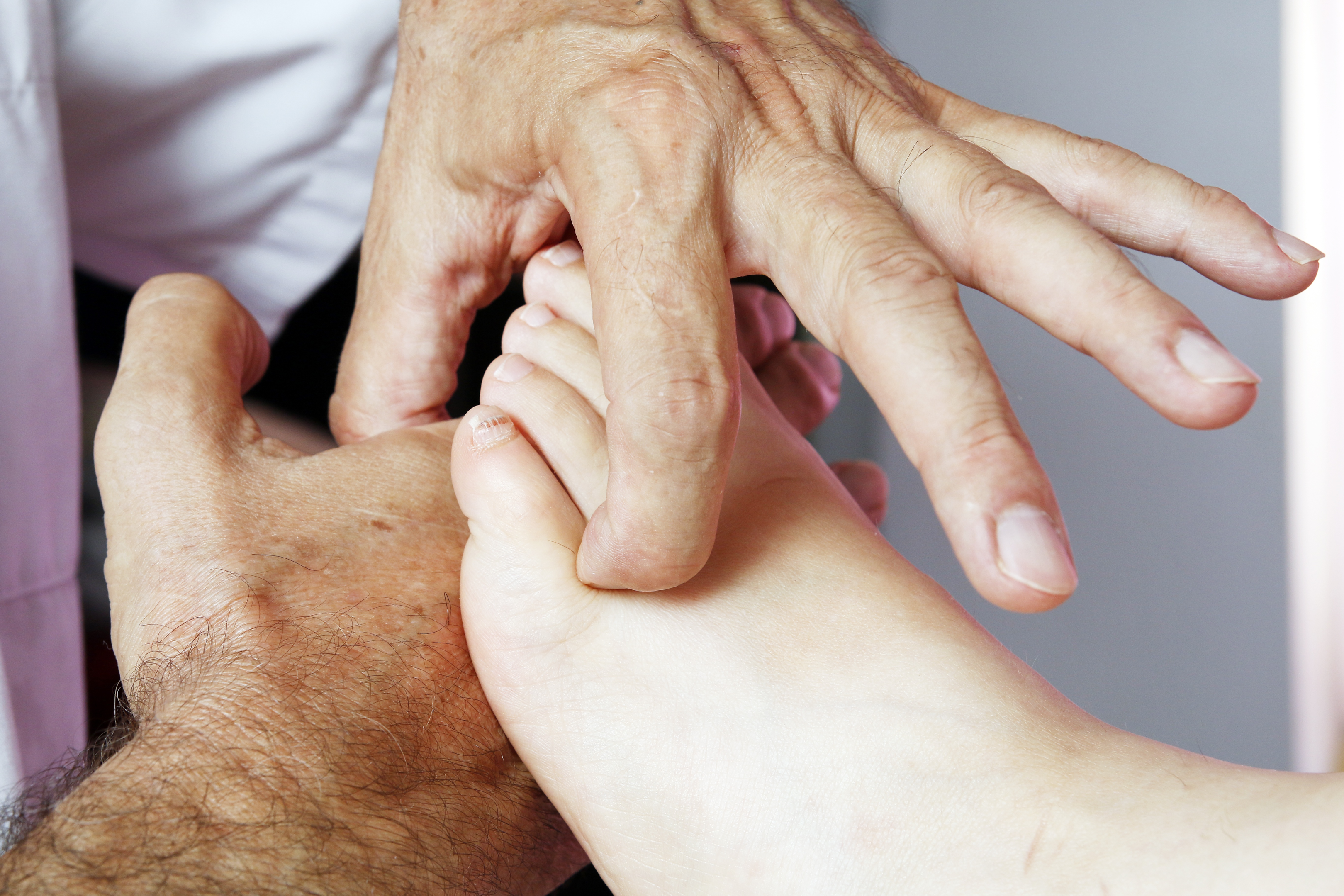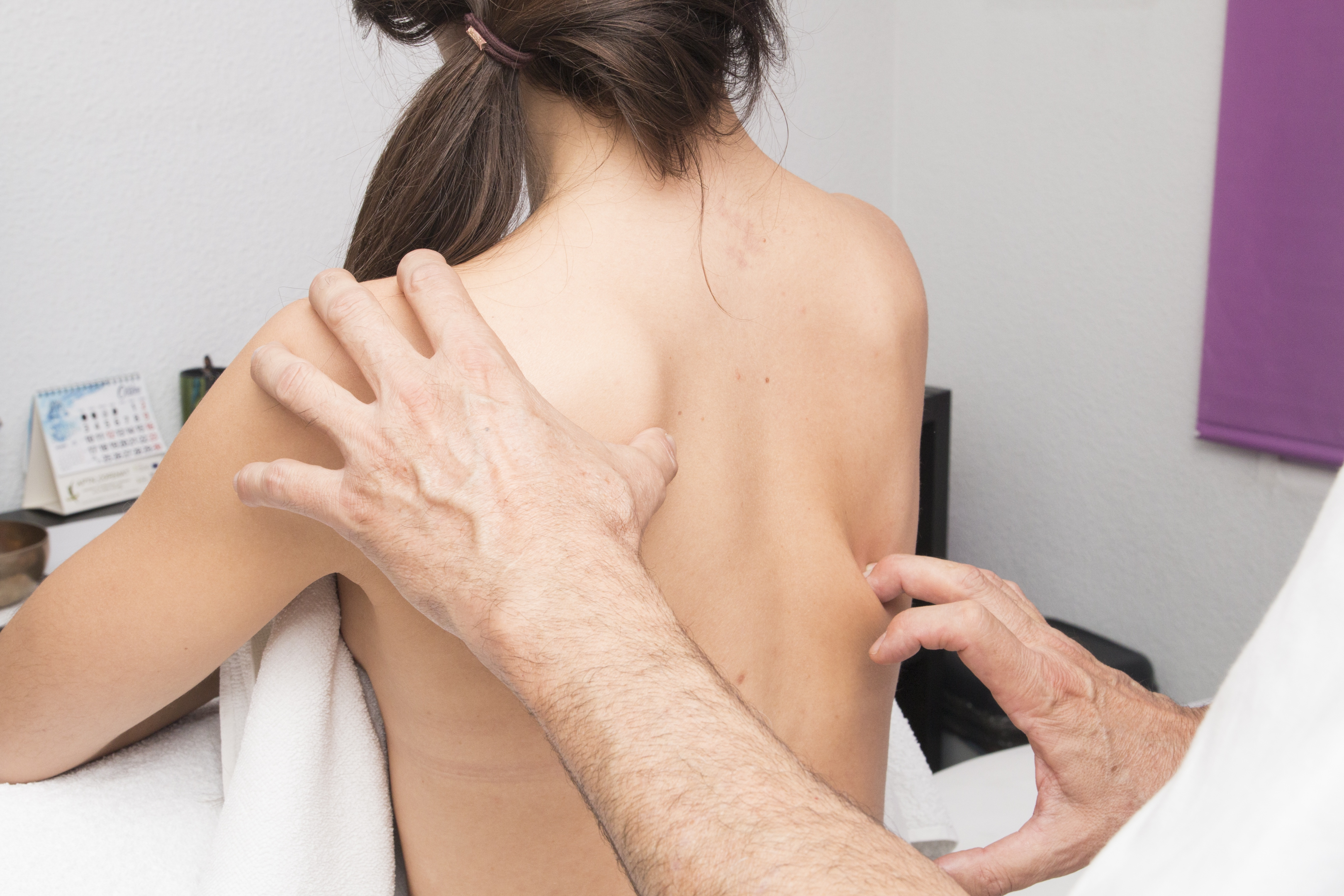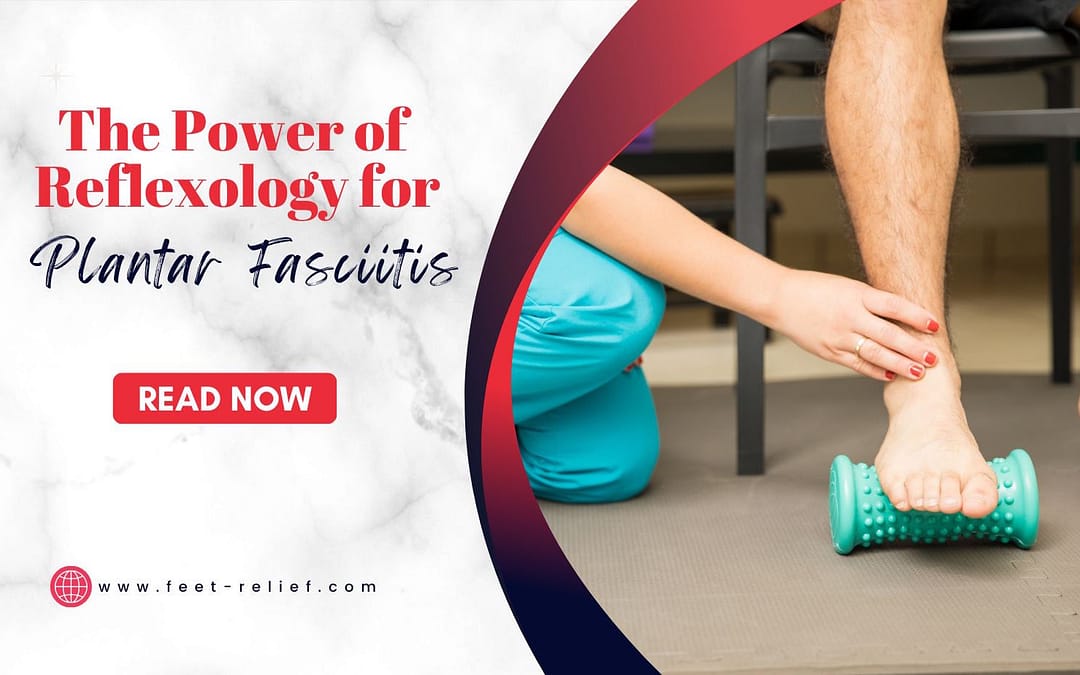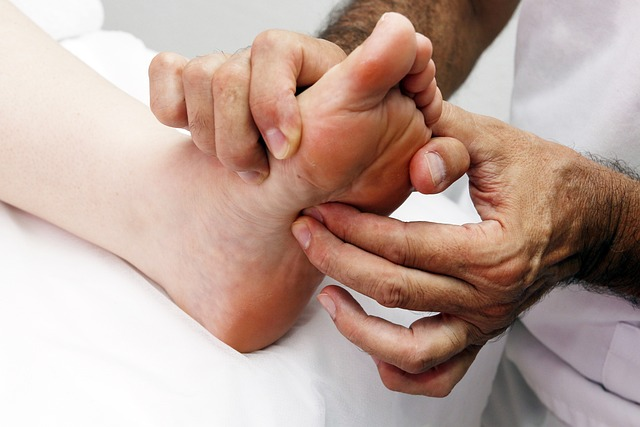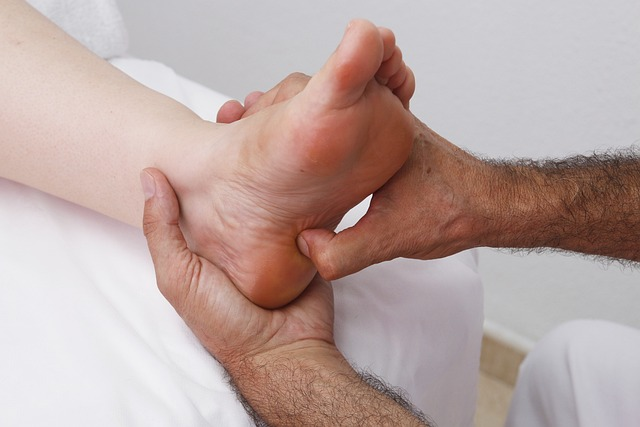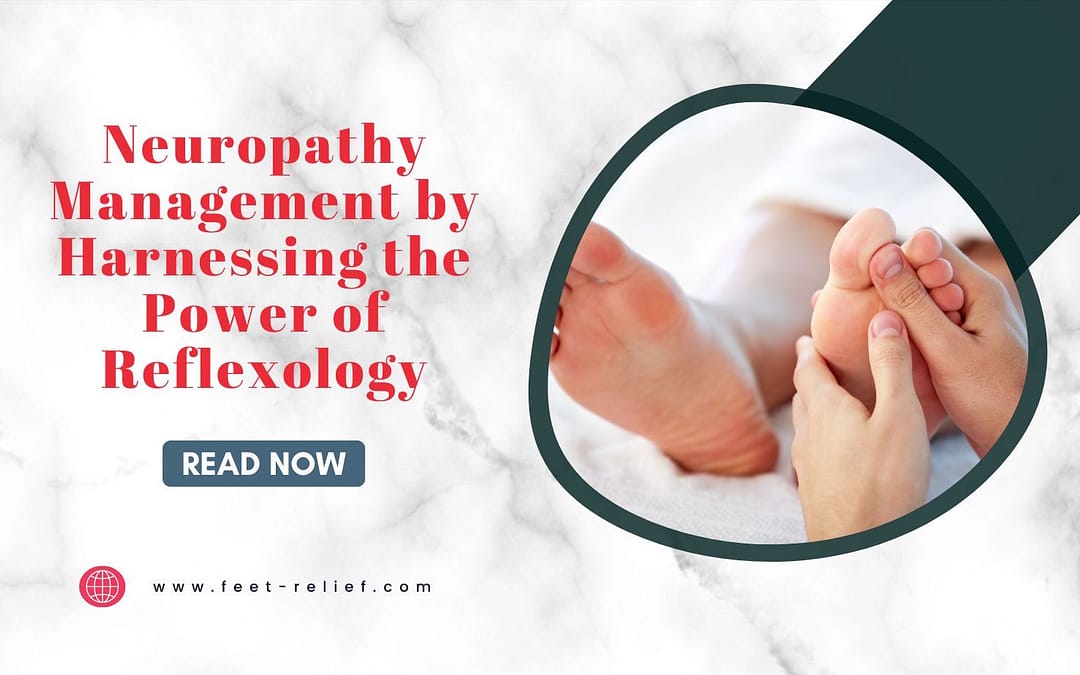
Neuropathy Management by Harnessing the Power of Reflexology
You wake up one morning and feel a strange sensation, or perhaps a lack of sensation, in your feet or hands. It’s like pins and needles, but more intense, and it doesn’t go away. You consult a doctor and after a series of tests, you’re diagnosed with neuropathy. You’re given medication, but it’s not enough. You want to explore other options, and that’s when you come across reflexology.
Understanding neuropathy is the first step toward managing it effectively. Neuropathy refers to a wide range of conditions that affect the peripheral nerves, leading to symptoms such as numbness, pain, and tingling in your hands and feet. It can be caused by a myriad of factors, including diabetes, nerve injury, and certain medications.
Understanding Neuropathy
Neuropathy is a complex disorder with diverse causes and manifestations. It may be genetic, or acquired through injury, infection, or exposure to toxins. It can also be a secondary symptom of other illnesses like diabetes, vitamin deficiencies, or autoimmune diseases. The common denominator amongst all types of neuropathy is damage to the peripheral nerves, which function to send signals from your brain and spinal cord to the rest of your body.
Managing neuropathy can be challenging because it often involves addressing the underlying cause while treating the symptoms. That’s where alternative therapies like reflexology come in. Reflexology, a type of massage that involves applying pressure to specific points on the feet, hands, or ears, has been suggested to help alleviate neuropathy symptoms. But what exactly is reflexology, and how can it help with neuropathy?
What is Reflexology?
Reflexology is a holistic healing technique based on the principle that there are reflex points on the feet, hands, and ears that correspond to different organs, glands, and parts of the body. By applying pressure to these reflex points, reflexologists believe they can promote health in the corresponding body parts.
Reflexology is not just about foot massages. It’s a comprehensive system of health care that seeks to treat the whole person, not just isolated symptoms. Reflexologists use their fingers and thumbs to apply pressure to specific points, stimulating the body’s natural healing processes. This can help to alleviate pain, improve circulation, and restore balance in the body.
Reflexology is a form of complementary therapy that focuses on stimulating sensory nerves in the feet and hands, aiming to achieve pain reduction and enhanced nerve response; by applying pressure to specific reflex points, it can potentially contribute to increased blood flow, lowered blood pressure, and the alleviation of muscle tension, making it valuable in clinical practice for managing patients with various conditions such as neuropathic pain, muscle weakness, and even damaged nerve fibers. However, it’s essential to note that reflexology should not be considered a substitute for medical treatment, especially in cases involving blood clots or serious medical concerns.
Can Reflexology Help Neuropathy?
Reflexology for neuropathy is a concept that has been gaining attention in recent years. There is a growing body of evidence suggesting that reflexology can help manage the symptoms of neuropathy. One study found that reflexology treatment significantly reduced the intensity of pain and the severity of numbness in patients with peripheral neuropathy.
How does this work, you might ask? Reflexologists believe that stimulating the reflex points can open up neural pathways, improving the flow of energy and communication between the nervous system and the affected body part. This can help to reduce inflammation, promote healing, and alleviate neuropathy symptoms.

The Science Behind Reflexology for Neuropathy
The effectiveness of reflexology for neuropathy is still under scientific investigation, but preliminary studies show promise. One study found that reflexology helped improve nerve conduction velocity, a measure of nerve function, in patients with diabetic peripheral neuropathy.
Reflexology may also help manage the psychological aspects of neuropathy. Chronic pain can lead to feelings of stress, anxiety, and depression. Moreover, reflexology has been shown to reduce stress levels, improve mood, and promote a sense of well-being, which can be beneficial for those living with neuropathy.
Reflexology for Neuropathy in Feet
According to research, reflexology for neuropathy in feet is a particularly popular application of this therapy. The feet are rich in nerve endings, making them particularly responsive to reflexology treatment. By stimulating the reflex points on the feet, reflexologists can help alleviate the symptoms of foot neuropathy, such as pain, numbness, and tingling.
If you’re considering reflexology for foot neuropathy, it’s important to find a qualified reflexologist who is experienced in treating neuropathy patients. They will know how to apply the right amount of pressure to the reflex points, avoiding further nerve damage and ensuring that you get the most benefit from your treatment.
Video Credit: @muschollings
Reflexology and Peripheral Neuropathy
Peripheral neuropathy is a type of neuropathy that affects the nerves in your extremities, usually your hands and feet. It can cause a variety of symptoms, including pain, numbness, weakness, and difficulty with movement. Reflexology can help manage these symptoms by stimulating the reflex points related to the affected nerves and body parts.
Reflexology for peripheral neuropathy can be a powerful tool in your neuropathy management toolkit. Integrating it with conventional medical treatments helps enhance your body’s ability to heal, manage your symptoms more effectively, and improve your quality of life.
Reflexology for Nerve Damage
Neuropathy is essentially nerve damage, and reflexology has been suggested to help with nerve regeneration. While it’s not a magic cure, reflexology can stimulate the body’s natural healing processes, promoting nerve health and function.
Reflexology for nerve damage involves stimulating the reflex points corresponding to the damaged nerves and the body parts they serve. This can help to improve nerve conduction, reduce inflammation, and alleviate pain and other neuropathy symptoms.
The Benefits of Reflexology for Foot Neuropathy
Reflexology for foot neuropathy has numerous benefits. It can help to relieve pain, reduce inflammation, improve circulation, and promote nerve health. It can also help you to relax and reduce stress, which can play a significant role in managing neuropathy symptoms.
The benefits of reflexology for foot neuropathy extend beyond symptom management. By promoting overall health and well-being, reflexology can help you to live a more active and fulfilling life, despite your neuropathy diagnosis.
How to Use Reflexology for Neuropathy Management
To use reflexology for neuropathy management, you’ll need to find a qualified reflexologist who is experienced in treating neuropathy. They can provide personalized treatment, targeting the reflex points that correspond to your specific neuropathy symptoms.
Before starting reflexology treatment, it’s important to discuss your neuropathy symptoms, medical history, and treatment goals with your reflexologist. Tailoring the treatment to your needs and ensuring its safety and effectiveness ensures the best results.
Case Studies: Success Stories of Reflexology and Neuropathy
There are many success stories of people who have used reflexology for neuropathy management. These case studies provide hope and inspiration for others living with neuropathy.
One case study involves a woman with diabetic neuropathy who experienced significant pain relief after just a few sessions of reflexology. Another case study describes a man with peripheral neuropathy who was able to regain feeling in his feet after regular reflexology treatments.
These case studies demonstrate the potential of reflexology for neuropathy management. While it’s not a cure-all, reflexology can be an effective complementary therapy for managing neuropathy symptoms and improving quality of life.
Neuropathy Management Through Reflexology
In conclusion, reflexology for neuropathy is a promising area of study and practice. Preliminary evidence and anecdotal reports suggest that it can help manage neuropathy symptoms, promote nerve health, and enhance the quality of life, although more research is necessary to fully comprehend its effectiveness and mechanisms of action
If you’re living with neuropathy, consider adding reflexology to your treatment plan. It’s a holistic, non-invasive therapy that can complement conventional medical treatments and provide relief from neuropathy symptoms. Always consult with a healthcare professional before starting any new treatment. With the right approach, you can harness the power of reflexology for neuropathy management and lead a healthier, happier life.
Keep Your Feet Healthy with Feet Relief
If you want to know all the best tips on how to keep your feet healthy, then you better subscribe to our website, Feet Relief. If you’re looking to maintain optimal foot health and find effective relief from discomfort, look no further. This website is your ultimate place for the best foot care guidance and solutions.
Frequently Asked Questions Regarding Reflexology for Neuropathy Management
What is Reflexology?
Reflexology is a holistic healing technique based on the principle that there are reflex points on the feet, hands, and ears that correspond to different organs, glands, and parts of the body. By applying pressure to these reflex points, reflexologists believe they can promote health in the corresponding body parts.
Is Reflexology Advisable for Everyone With This Sickness?
No. Reflexology’s suitability for individuals with neuropathy depends on their overall health and individual circumstances. Consulting a healthcare professional before starting reflexology is a must.
Can I Cure Neuropathy With Reflexology Alone?
Reflexology is a complementary therapy and should not replace medical treatments for neuropathy. You can use it alongside normal medical approaches to potentially enhance overall well-being.


